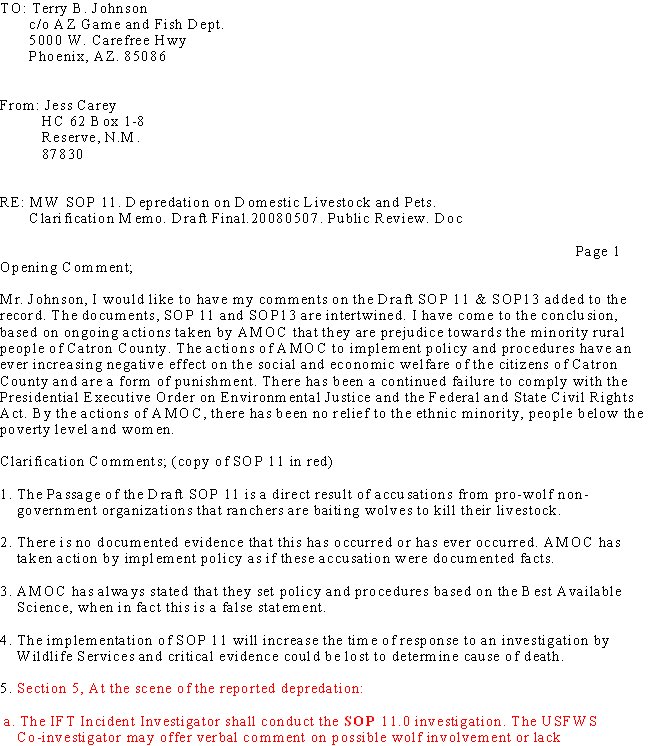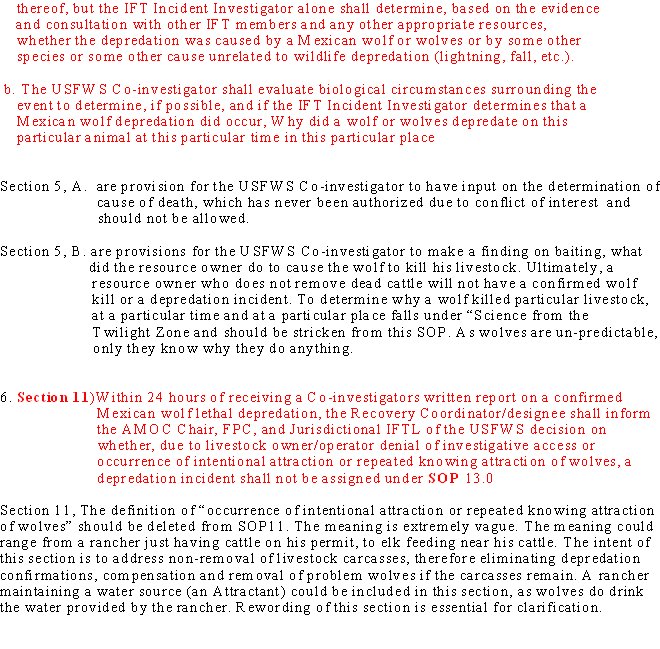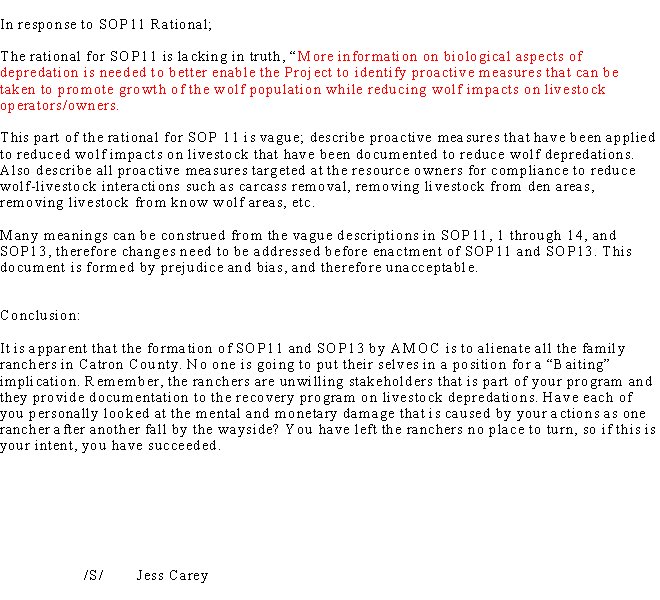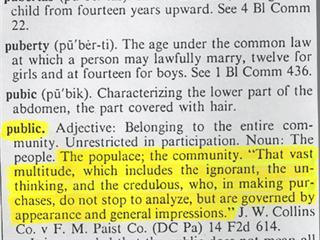How will Jacque Buchanan's leadership of the Lincoln differ from retiring Lou Woltering's performance especially regarding thinning and RS 2477 roads? Click on the post title to read ADN story.
In it Ms. Buchanan states, "We're heading into fire season, and will be working with communities throughout the Lincoln National Forest on a number of things that people can do to make this a safer place to visit, work and play in..." This begs the question What is the Forest Service going to do? Or, is it up to "the communities throughout the Lincoln National Forest" to clean up the mess? I do agree that we are heading into fire season and am compelled to remind Ms. Buchanan that people also LIVE in, not just "visit, work or play in" the Lincoln. Read on about Montana's proposed solution and then scroll down to our post WOLVES AND FOREST FIRES.
http://www.clarkforkchronicle.com/article.php/20080220110239566
Fire chiefs want Forest Service to pay for failing to manage forests
Wednesday, February 20 2008 @ 11:02 AM MST
Contributed by: Admin
Waldron says Ninemile did not help with Black Cat structure protection
by John Q. Murray
Scott Waldron of Frenchtown Fire slammed the U.S. Forest Service Friday in an appearance before the Montana legislature's interim study committee on fire policy.
Waldron, in Helena speaking for the Montana State Fire Chiefs' Association and the Montana County Fire Wardens Association, said the Forest Service should pay for the problems resulting from the agency's lack of forest management, and alleged that the Forest Service refused to engage in structure protection during the 2007 Black Cat Fire.
In response to questioning from Sen. John Cobb (R-Augusta), Waldron said the people he fights fire with every day from the Ninemile Ranger District "couldn't engage in and around those structures” during the Black Cat Fire.
That is a problem for two reasons, he said.
First, forest landowners are paying for fire protection on those lands. In the Frenchtown Fire district, those assessments to the Montana Department of Natural Resources and Conservation (DNRC) represent about $60,000 per year. Because the DNRC and the Forest Service share firefighting duties due to the checkerboard pattern of land ownership--the DNRC handles all public land east of Mill Creek, the Forest Service west of Mill Creek--Waldron said he felt the Forest Service had a responsibility to handle structure protection for those taxpayers.
The second issue is firefighter safety, Waldron said. You can't have one agency pulling off and saying that it is not going to address structure protection. If the incident management team pulls its resources off the fire, the local fire departments will be going on, and that is not safe, he said.
Waldron said his understanding is that the Forest Service is fiscally challenged to fund its operations and has been forced to reduce its initial attack staff. The agency is now moving toward less initial attack on fires that are out of the way. Instead of creating a fire line around every single fire, they will let some burn. But some big fires will become uncontrollable when they get to communities, he said.
If the fire is burning toward the community and no action is taken, that creates a huge challenge and a huge safety issue for local fire departments, he said.
Waldron also read from a report produced by the Nevada Fire Chiefs Association, suggesting that problems with the new structure protection policy are not unique to Montana. During the North Tahoe Washoe Fire, the Forest Service also played its we-don't-do-structures card, he read. The local fire chief, facing the worst fire in his district's history, said the fact that the Forest Service put fiscal considerations before the welfare of our community “will not soon be forgotten by this fire district.”
The Chronicle sought a response to Waldron's statements from the Lolo National Forest Friday afternoon, but did not receive a response before deadline Wednesday.
During questioning from the committee, Waldron was asked how the Montana legislature should direct the federal agency to pay for its lack of forest management. It's difficult for the state government to tell the federal government what to do, other than writing a letter, the chairman noted.
“I think it's our responsibility to pass this on to our congressional leaders. We've sent this document on to them,” Waldron said. “It is our intent to forward this document to all legislative bodies that represent us with our concerns.”
Waldron also it has been frustrating to watch the Forest Service struggle for years to implement the Frenchtown Face project, which will reduce fuels from Mill Creek to the Nine Mile Valley. “That really needs to be cleaned off instead of just trimmed,” he said.
The fire chiefs and fire wardens' report offered recommendations in several areas, including the following:
Support for Montana DNRC: The report called for additional funding, identifying the need for fire business administration personnel to help with FEMA paperwork; more support for air operations, especially helicopters; reorganizing its fire bureau from its regional structure, based on land offices, to a statewide hierarchy; and adding rural fire coordinators to every land office to coordinate work with local fire agencies.
Growth in the wildland urban interface: The report recommended zoning to effectively manage growth in fire prone areas; building regulations and construction standards in high fire hazard areas; and standards for water supply and safe road access.
Appropriate management response: The State of Montana should not follow the federal recommendations on fire policy but work more closely with local government; federal agencies should take suppression action and financial responsibility for the problems they created from lack of forest management; federal agencies should pay for losses resulting from their “let it burn” policy; fire breaks should be established between federal land and communities; fuel reduction should be funded; and Montana DNRC should not protect federal land where fire use is a priority.
Structure Protection: Montana DNRC cannot be governed by federal fire policy but must adhere to its established mission to protect private property; all agencies need to continue to change the culture within the forested zones increasing the accountability of homeowners; educate and support homeowners in mitigation and construction standards; enforce burning regulations; create fire breaks around communities; fund fuels treatment on private land; fund and increase the number of DNRC community forestry personnel; thinning and logging operations must take place.
Funding for Montana State Fire Operations: Fund fire suppression costs from the general fund. “Continued targeting of small groups will never provide an effective mechanism for appropriate funding. When small areas are targeted it impacts those areas ability to pass other necessary funding for schools and fire departments.”
Large fire suppression: Use local fire departments and private contractors; support the current dispatch system that utilizes the closest resources and most cost effective and efficient resources; do not attempt to legislate the right of local agencies to fight the ravages of fire in or out of the State of Montana; do not limit the right of local elected officials to make decisions on how and when their fire agencies resources are utilized in fire suppression.
The complete report is available from the legislature website, at leg.mt.gov, under the Fire Suppression Interim Committee, Feb. 15 meeting materials.
The Montana State Fire Chiefs’ Association represents every fire department, municipality, fire district, fire service area, and volunteer fire company that has a fire chief. This encompasses approximately 400 departments within the State of Montana.
The Fire Warden’s Association represents the Fire Wardens from the 56 counties within the State of Montana. This organization is strongest in the eastern half of the State where counties play the primary role in the suppression of wildland fires.
###
Posts and Comments from Readers
Please include yourself in the discussion. Post a comment.
Friday, March 28, 2008
Interim Superintendent (ahem, it is Supervisor) Lincoln Natl. Forest Might Be Easy on the Eyes According to International Talk Show Host But.....
Subscribe to:
Post Comments (Atom)



















.jpg)


















No comments:
Post a Comment